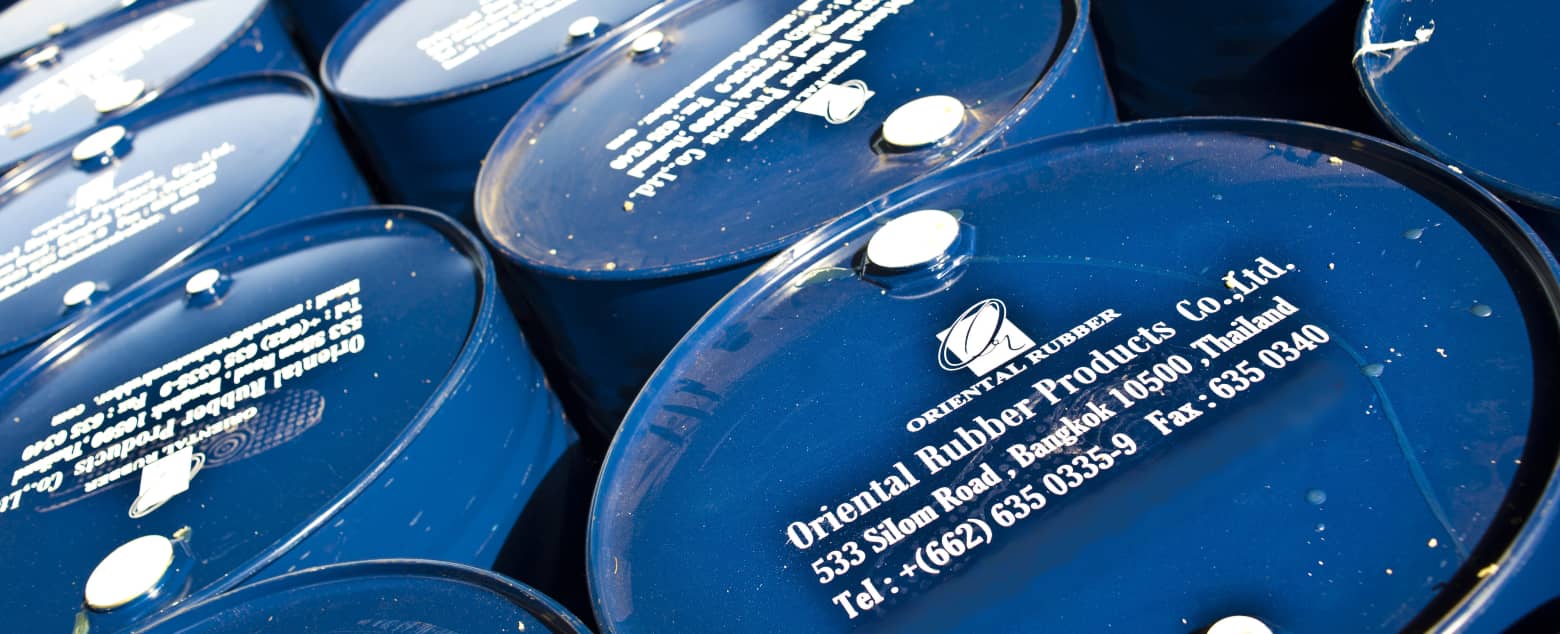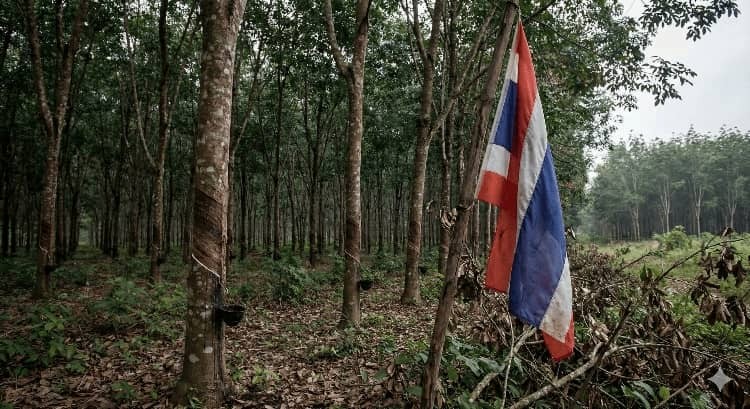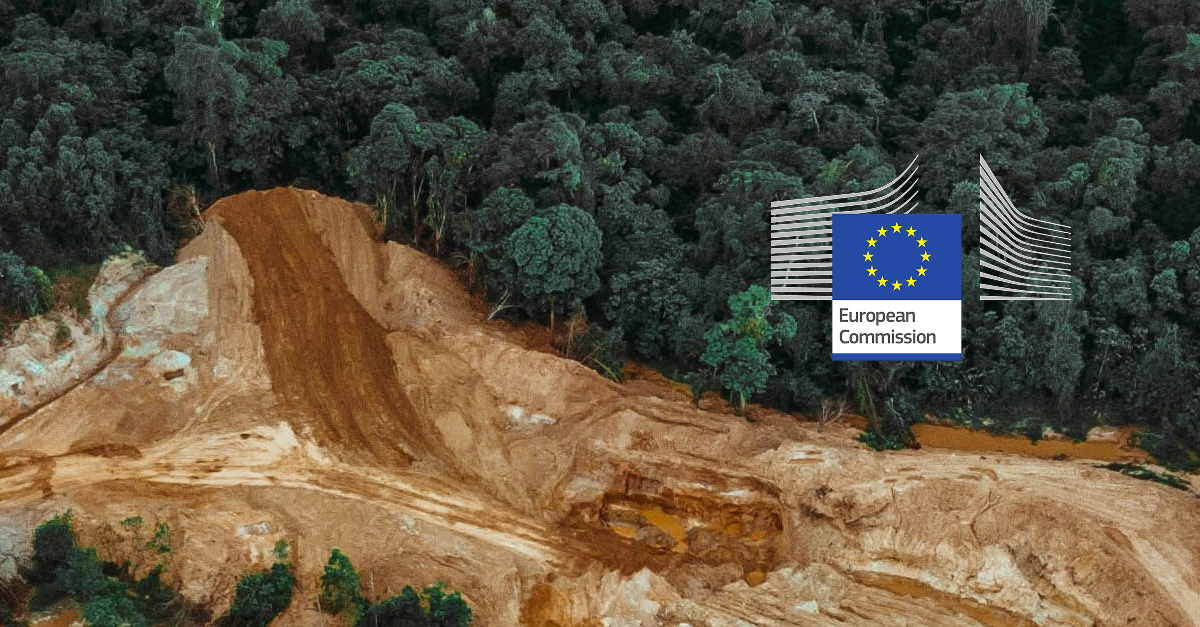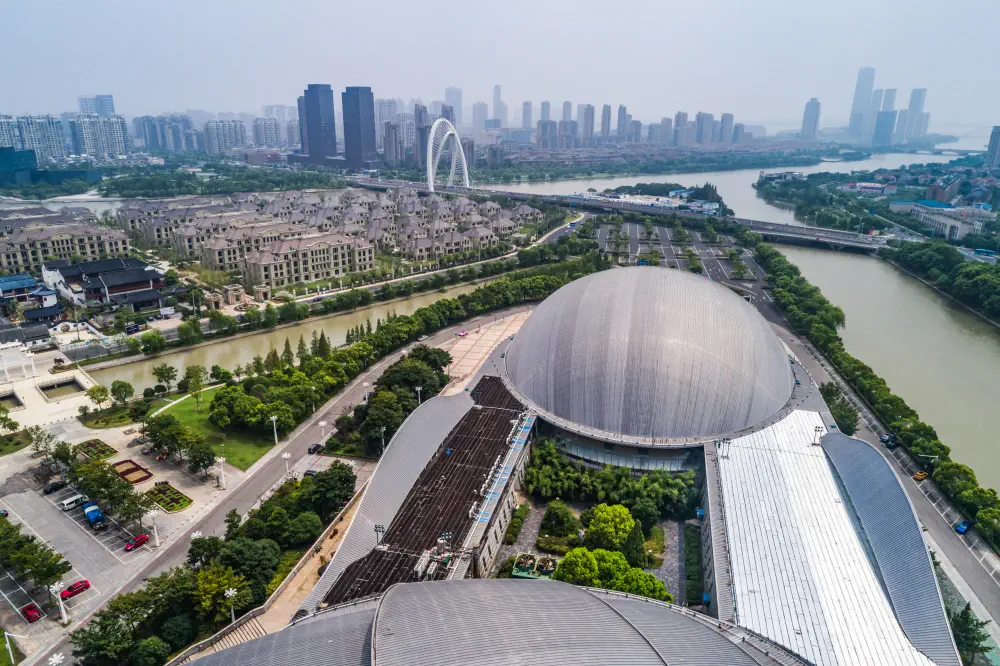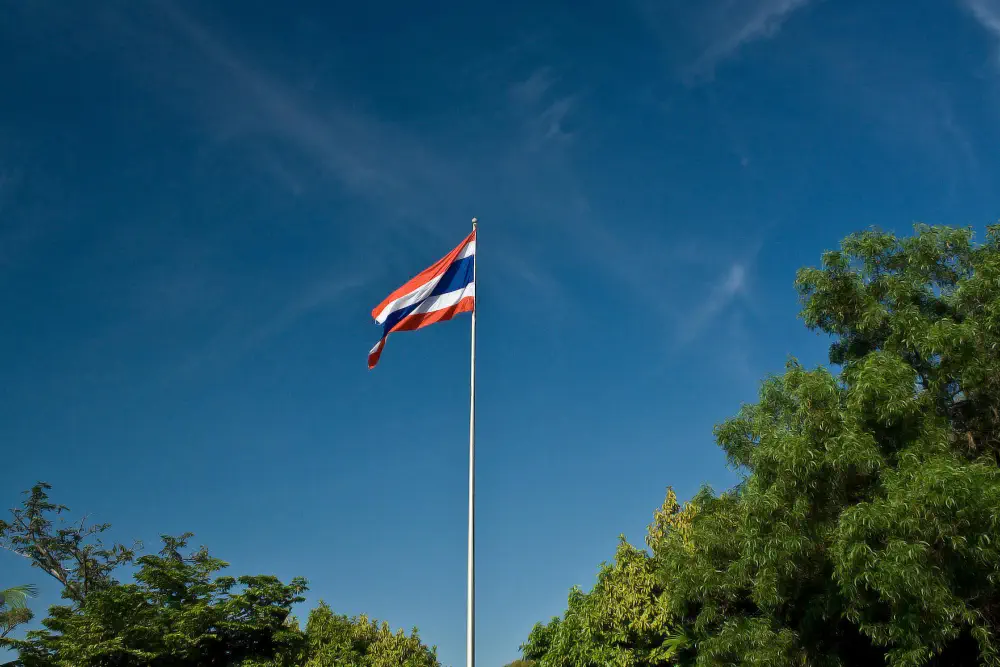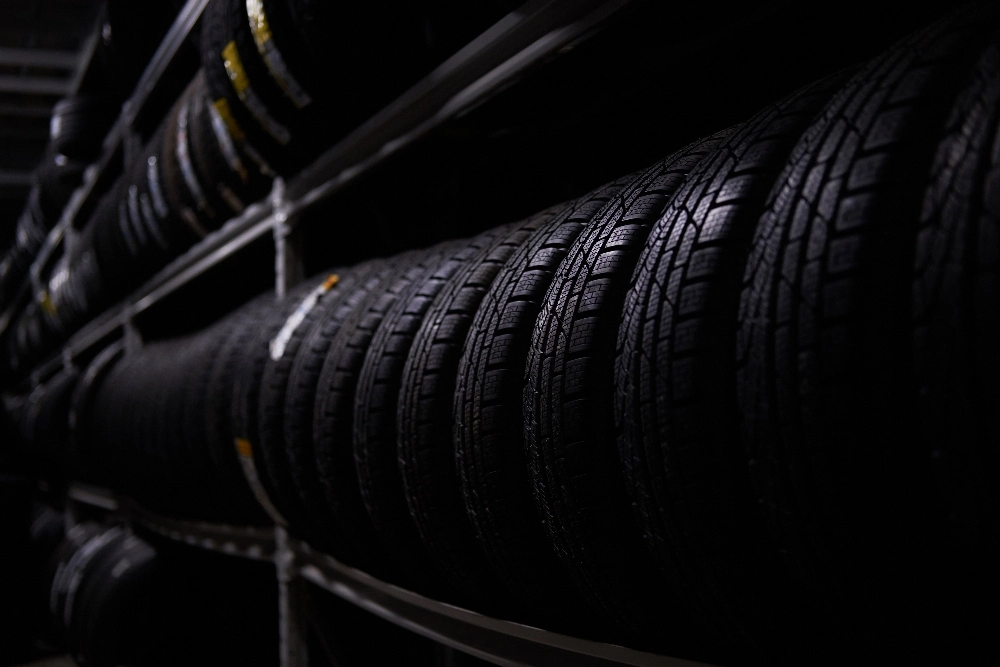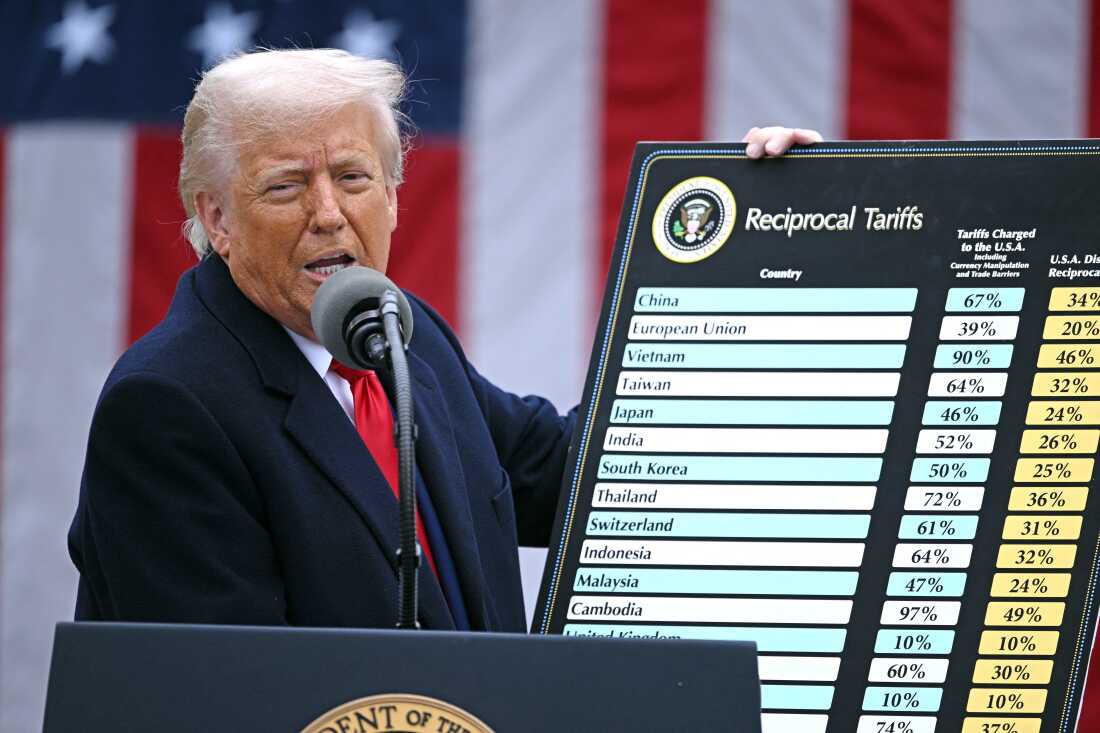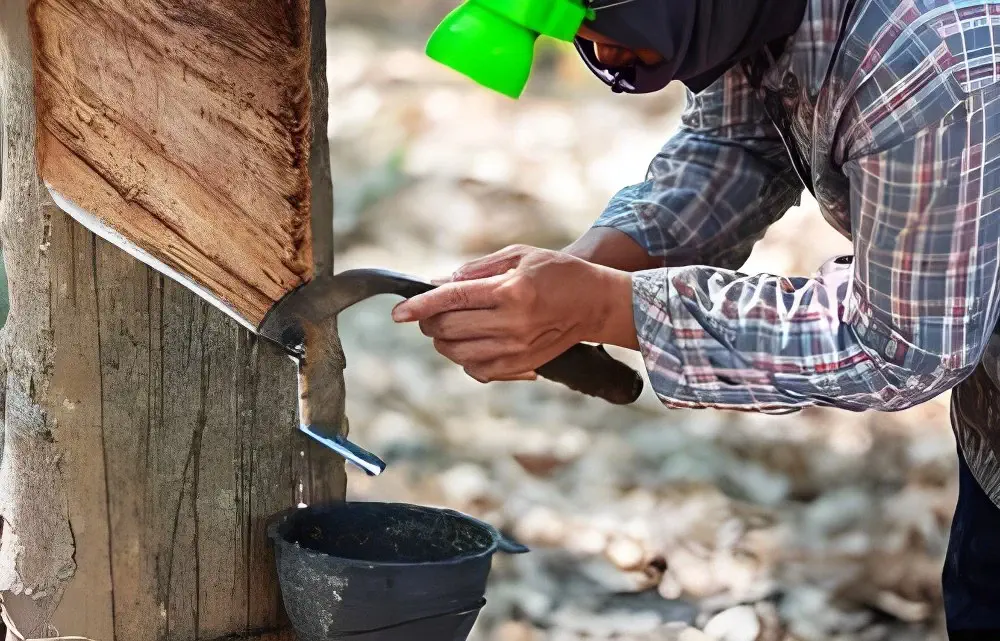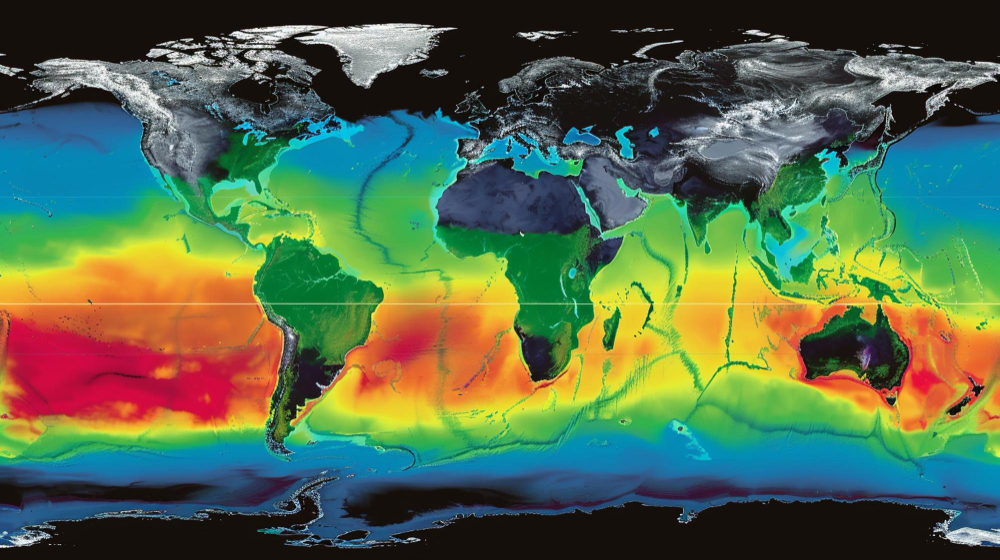
Climate Patterns Signal Variable Rainfall Across Southeast Asian Rubber Regions
Current Weather Outlook for Rubber-Producing Regions
The South Asian Monsoon is currently in full swing, bringing substantial rainfall forecasts for Southeast Asian rubber-producing areas over the coming month. This weather pattern poses significant risks for supply disruptions, particularly in Thailand and Indonesia's key production zones.
Dr. S. Abhilash, Director of the Advanced Centre for Atmospheric Radar Research at Cochin University of Science and Technology in Kochi, India, provides detailed regional forecasts through early September. For Indonesia, the western regions are expected to see below-normal rainfall while eastern areas will experience normal precipitation levels until September 5th. Meanwhile, western Vietnam and Thailand are forecast to receive slightly above-normal rainfall, with central and eastern portions of both countries expecting normal to below-normal amounts during this initial period.
September Weather Shift Expected
Western Indonesia Faces Increased Rainfall Risk
A significant weather pattern change is anticipated beginning in September's first week and continuing through the month's end. Western Indonesian regions - encompassing the crucial rubber-producing areas of Sumatra and Kalimantan - are forecast to experience above-normal rainfall. Eastern Indonesian regions will continue seeing normal precipitation levels, while Vietnam and Thailand are expected to maintain normal rainfall patterns throughout September.
Dr. Abhilash explains that several meteorological factors are aligning to create favorable conditions for increased precipitation across Southeast Asia. The Madden-Julian Oscillation (MJO) will be active in Phases III, IV, and V over the Western Pacific and Maritime Continent, creating conditions conducive to normal or above-normal rainfall. Additionally, the currently neutral ENSO phase is trending negative and may transition into a weak La Niña phase, which historically supports rainfall in the Western Pacific region. The Indian Ocean Dipole remains in a neutral-to-negative phase, further supporting precipitation patterns over Indonesian territories.
Indian Subcontinent Rainfall Patterns
Mixed Outlook for Indian Rubber Production
The northeastern regions of India and northern sections of the Indian West Coast are projected to receive substantial rainfall through September 5th. However, southern West Coast areas and peninsular India are expected to experience more subdued precipitation, which should benefit rubber production and supply stability in these regions.
From September 5th onward, the broader Indian subcontinent is forecast to experience below-normal rainfall through late September. This pattern should help stabilize rubber supply volumes but may simultaneously create downward pressure on market prices due to increased availability.
Temperature Forecasts Across Key Regions
Regional temperature patterns are expected to remain relatively stable across both forecast periods. West Coast and Central India will see temperatures around 28-29°C, while eastern peninsular India and northwestern regions will experience temperatures above 30°C through both September 5th and the remainder of the month.
For Southeast Asian producing countries, temperatures are forecast to range between 30-32°C across most areas of Indonesia, Thailand, and Vietnam during both the initial period through September 5th and the extended period through late September.
Global Climate Extremes Intensifying
Record-Breaking Heat Drives Weather Volatility
July 2025 has been recorded as the third-warmest July in global history, according to data from the EU's Copernicus Climate Change Service. Ocean surface temperatures continue running at near-record levels, while Arctic Sea ice extent ranks among the lowest ever documented. These global climate signals translate directly into increased stress for agricultural communities, as warmer oceans fuel more powerful storm systems and diminishing polar ice coverage alters weather patterns across Asian and African continents.
Recent temperature extremes across Asia have been particularly severe. The Himalayan region, China, and Japan have all experienced above-average temperatures, resulting in extreme rainfall events and flash flooding. The World Meteorological Centre Beijing reported that by early August, temperatures had exceeded 42°C across parts of West Asia, southern Central Asia, North Africa, and southern Pakistan. Japan established a new national temperature record at 41.8°C, while China and Korea recorded new station-level temperature records in numerous locations.
Impact on Rubber Agriculture
Extreme Weather Patterns Stress Production Systems
Climate scientist Omar Baddour from the World Meteorological Organization explains that extreme surface heating often triggers intense rainfall bursts when cold upper-atmosphere air encounters hot surface air masses over elevated terrain. For rubber-producing nations across Asia and West Africa, this creates increasingly sharp transitions between drought stress and flooding conditions - patterns that compromise tree health, reduce latex yields, and increase disease susceptibility.
Northern India, Nepal, Bhutan, Bangladesh, Thailand, Laos, and Vietnam all experienced exceptionally heavy rainfall during early August, with some areas receiving extreme precipitation levels. These conditions directly impacted rubber farmers throughout these regions, with Thailand reporting recurring raw material supply shortages due to persistent heavy rains.
Specific flood events have caused significant disruption across the region. In India's Uttarkashi district, flash floods devastated Dharali village in August, while a severe cloudburst struck Chashoti village in Kishtwar, Jammu and Kashmir, triggering flash floods and causing substantial property damage and casualties. Beijing experienced heavy rainfall in late July, followed by similar conditions in South Korea during the third week of July.
Challenges for Small-Scale Producers
Small rubber producers in regions such as Kerala, Tripura, and Northeast India have faced particular challenges from brief but intense rainfall periods. These weather events cause soil erosion around tree root systems and prevent morning field access for tapping operations, even for producers who have implemented rain protection measures for their trees. Multiple areas have reported leaf shedding from rubber trees, leading to reduced latex production alongside increased fungal disease outbreaks in plantation areas.
Advancing Early Warning Systems
WMO Initiative Expands Regional Preparedness
The World Meteorological Organization is expanding its Early Warnings for All initiative, targeting universal access to actionable weather alerts for all communities by 2027. This effort aims to protect both lives and livelihoods in vulnerable communities worldwide.
A $5.5 million project implemented in Cambodia and Laos demonstrates significant progress in this area. Through collaboration between government agencies, development partners, and local organizations, both countries have developed five-day flood forecasting capabilities. This advancement was made possible through funding from the Climate Risk and Early Warning Systems (CREWS) Initiative. Both Cambodia and Laos are located within the Lower Mekong Basin, where economies and populations depend heavily on climate-sensitive sectors like agriculture.
Bridging Forecast-to-Action Gap
For agricultural producers, particularly small-scale rubber farmers, early warning systems only provide value when paired with clear, practical guidance. Farmers need specific advice on optimal tapping schedules, drainage system reinforcement timing, and supply relocation to higher ground when necessary. Government agricultural extension services, along with smallholder cooperatives and farmer associations, play crucial roles in translating weather forecasts into actionable farming decisions.
Looking Forward
Current developments indicate that climate extremes are becoming more intense and frequent. However, through improved early warning systems, enhanced farm-level management practices, and strengthened regional cooperation between various agencies, farmers and government bodies can minimize losses and maintain production levels while navigating increasingly volatile climate conditions.
The combination of advanced meteorological forecasting, targeted financial support for climate adaptation, and improved coordination between stakeholders offers a pathway for rubber-producing communities to build resilience against climate-driven disruptions while maintaining sustainable production levels.
This analysis draws from research and insights provided by Helix Tap. For more market intelligence and analysis, visit helixtap.com
